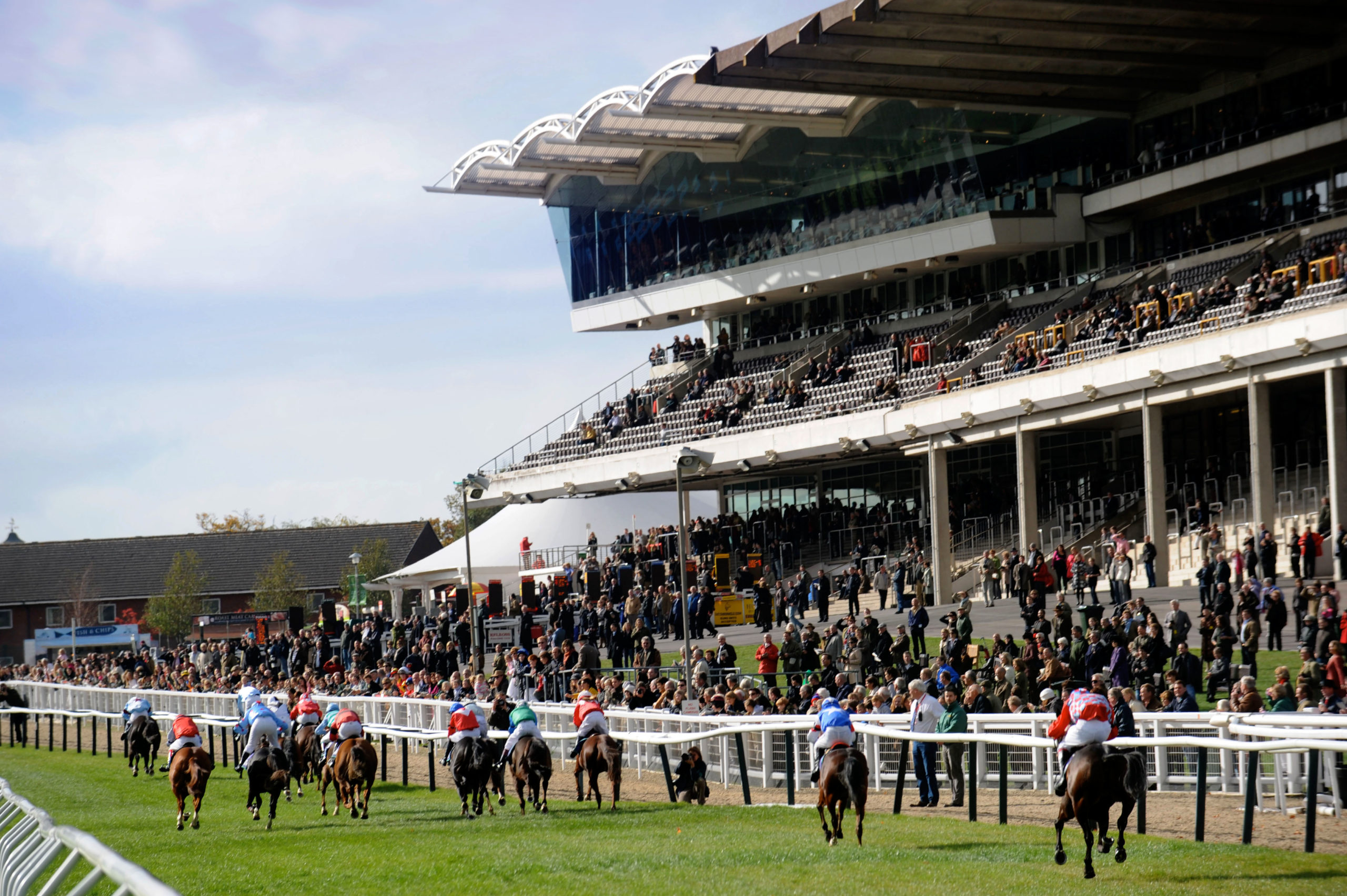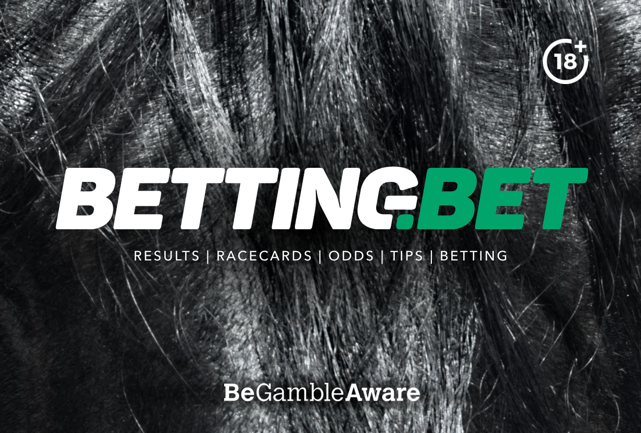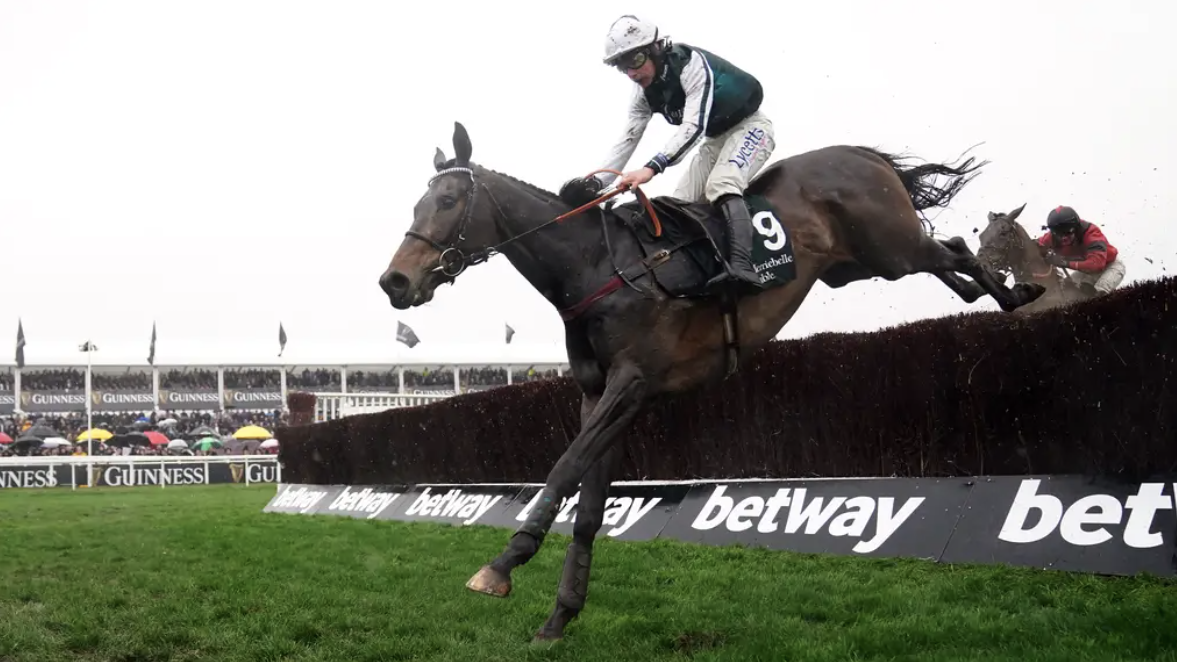
Learning how to bet on horse racing starts with understanding the types of bets, reading racing programs, and analyzing past performances. This guide will teach you the basics, help you set a betting budget, and show you how to place your bets confidently.
Understanding Horse Racing Wagers
Getting involved in horse racing bets seems to be confusing game when you are at the beginning but working on the basics is the key to success and the next step is to find the appropriate bet for you.
Play-safe bets in the following sequences:
- Win bets ensure that your horse comes in first, or you will not get anything in return.
- Place bets give you more chances to win, you will still be paid if your horse is first or second.
- Show bets will let you keep your hope if your horse comes in among the top three in the race.
Reading The Program
The racing program is the key to cracking the code of the horse track. In it, you have explicit information not limited to the names of horses, jockeys, trainers, and their recent performance data. It comprises:
- Race settings and requirements
- Characteristics of horses, such as their age, weight, and the family tree they belong to
- Details about the track, which mainly consist of weather conditions and surface type
- The past engagements label the previous outcomes of each horse’s races
- Probabilities through the odds that determine which horse is more likely to win
Getting to grips with the odds is a must. Low odds signal that the horse is a frontrunner; high ones indicate that it is in the back. Both are possible depending on the race’s context, the situation of the horse, and its recent form.
Placing Your Bets
As things stand, betting has never been easier, especially with the online and mobile platforms available today.
At the same time, the selection of a trustworthy platform is equally essential as that of the horse. For this purpose, a secure, user-friendly, and offering competitive odds and instant payouts site is what you need. A great example of this is Bovada’s Sports betting site, which is best known for its simple and neat look, diverse betting markets, and good standing with bettors.
Thanks to these sites, you can play from a wide range of bets and also complete the process of payment and confirmation in seconds.
One of the well-loved tricks in this field is the employment of exacta boxes that lend their users flexibility in choosing the method:
- Pick several horses to finish first and second in any order
- If your picks reach the positions of first and second, you collect a reward
Another example is the bets on several races like Pick 3 or Pick 5. By doing so, one can gain the numerous advantages presented by the offer at stake and reach the maximum payout as well. It is common to add medium-priced options to the basket, effectively meaning a larger return if all goes according to plan.
Analyzing Past Performances
It all starts with the strategy and analysis of past performances. The charts of past performance of the horse on a race track are like a mine of gold of hints that can change your bet.
You should also take into account the following:
- The jockey and trainer team: A talented jockey or an experienced trainer can make a huge difference in performance.
- Racing style: Some horses head the race, others are late chargers. The jockey that best suits the horse as well as the track and the weather conditions could change everything.
- Competition level: Horses that are at the top level in races are usually more dependable than a horse with little or no experience.
- Distance and surface preferences: Just like humans, certain horses perform better on certain track types or specific race distances.
Setting a Betting Budget
Honorable gambling universally requires sticking to the budget limits. The money that you have set side for betting in horse racing should be expendable money only, and hence you are allowed to lose it. In this way, gambling will not turn into a situation of financial distress from the source of entertainment.
Your bankroll should consist only of money you’re willing to lose. This ensures your enjoyment doesn’t become a financial burden. For instance, if you allocate $200 to your betting fund, dividing it into 20 smaller $10 units allows for multiple bets without blowing the entire budget at once.
A good rule of thumb is to wager 1% to 5% of your bankroll per race, leaning toward the lower end if you’re a beginner. Setting daily or session limits on how much you’re willing to win or lose can also prevent emotional betting, especially after consecutive losses.
Strategies for Betting on Mid-Priced Horses
Another horse racing tip is that the profit in the bets is actually generated from the horses with intermediate prices. The lower half of the betting pool normally shortchanges these horses even when those horses are in for the winning run. They are mostly hidden from the public view, yet they can provide the surprise factor and good payouts.
To be sure that medium-priced horses are the real contenders:
- Check the level of the horse during the recent races: The more races the horse was consistent in the top category, the more potential he has to be successful.
- Check the lane of the race: There are horses that are faster and more suited to the mud or the grass rather than the dung hills.
- Check the history of the jockey and trainer: If a little-known horse is ridden by a top jockey, that is a good signal.
- Identify distance strengths: It may highly increase the chances of someone winning the race if the length was one that they prefer.



















